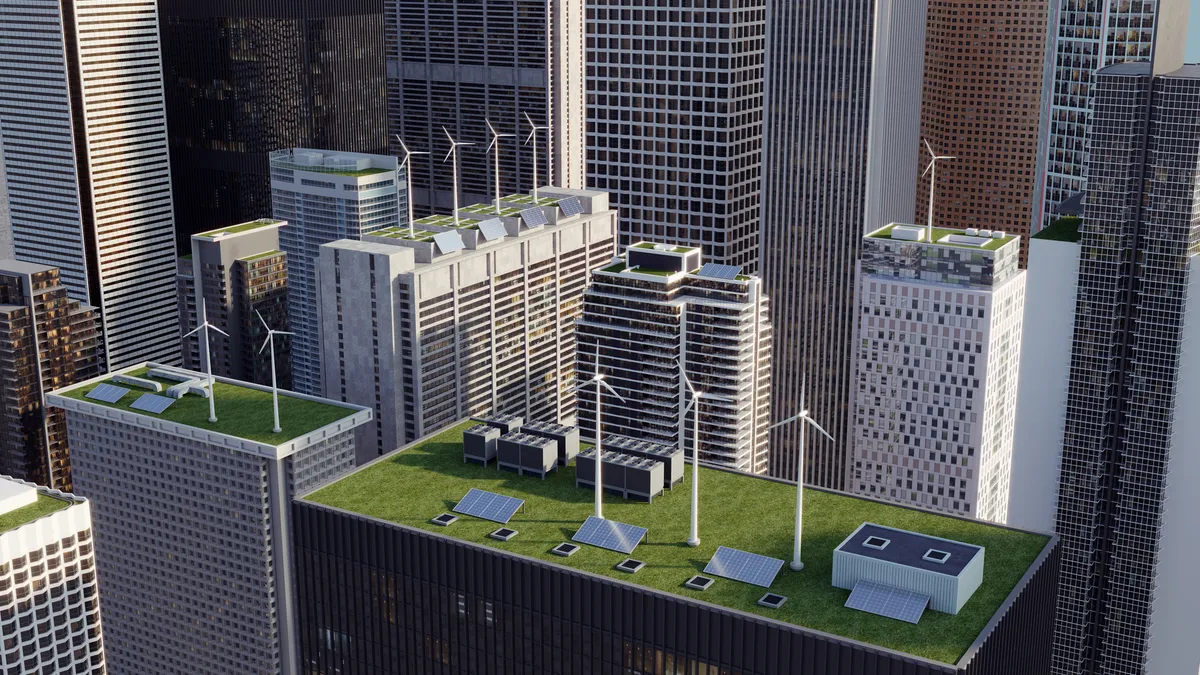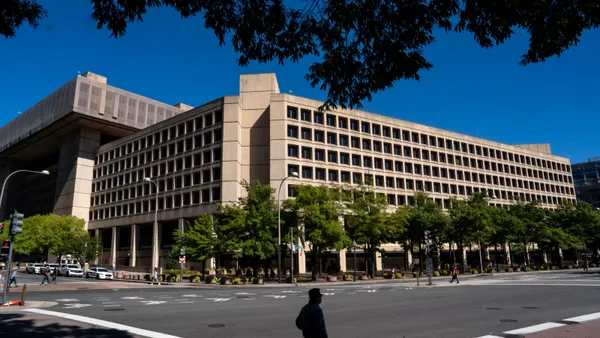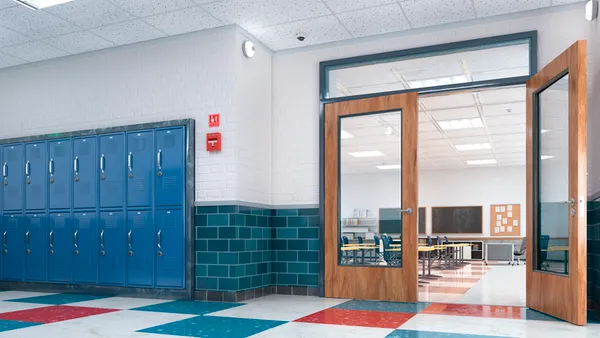Dive Brief:
- The International Code Council has introduced a new program to support the enforcement and implementation of building codes, according to a news release.
- Known as Building Capacity for Resilient and Sustainable Buildings, the initiative intends to help communities strengthen the resilience of buildings to climate change impacts and meet decarbonization goals.
- The ICC said this endeavor is part of Buildings Breakthrough, which seeks to expedite the journey toward achieving near-zero emissions by 2030.
Dive Insight:
Buildings’ operational carbon emissions and energy use have scaled to an all-time high, exceeding pre-pandemic peaks, the Global Alliance for Buildings and Construction said in its 2022 global status report. Given a widening gap between the necessary decarbonization pathway and the actual climate performance of buildings, the Global Buildings Climate Tracker indicates that buildings are not on track to achieving decarbonization by 2050.
GlobalABC noted that 40% of countries had building codes, including those mandatory for at least part of the building stock in 2021, while only 26% of countries had mandatory codes for the entire buildings sector that year. Despite buildings being a heavyweight for climate risk, they were not part of the Breakthrough Agenda launched at the UN climate change conference, COP26, in November 2021.
On the heels of a push for buildings-based solutions from the ICC, as well as organizations like the U.S. Green Building Council and the American Institute of Architects, that has now changed, Ryan Colker, vice president of innovation at the ICC, said in an interview.
Buildings Breakthrough, which became part of the Breakthrough Agenda at COP27, operates within the framework of the GlobalABC.The ICC said Buildings Breakthrough’s Building Capacity for Resilient and Sustainable Buildings initiative accentuates the importance of effective regulatory systems for buildings and calls on “governments, corporations and organizations to assist countries in developing, adopting and implementing energy and hazard-resistant codes.”

Colker believes that it is on the onus of facilities managers to maintain a level of building performance that ensures the systems put in place are still functioning to deliver those performance needs. “We're seeing an increased number of hazard events happening in locations that we haven't seen previously,” he said. “Facilities managers must be aware of the design intent and [en]sure that buildings deliver the resilience and sustainability goals set by the codes.”
“We’re also seeing an increasing focus on building performance standards, which set ongoing performance requirements for buildings,” Colker added, noting that aligning these operational requirements with building codes, including energy codes, will help facilities managers meet their decarbonization goals.
To that end, capacity-building is listed as a key focus area for the ICC’s participation at the upcoming COP28 conference in Dubai later this year. The American Society of Heating, Refrigerating and Air-Conditioning Engineers, which recently received a $2.85 million building code training grant from the U.S. Department of Energy, is also a partner on the capacity-building initiative.
“What we’ve seen in many cases is [a] sort-of [excitement] about designing a fancy and shiny new building. But it’s really about being able to highlight the importance of effective operations in addressing climate change. And facilities managers are at the core of that,” Colker said. “As you talk about funding and prioritization of climate mitigation or climate adaptation activities on the buildings scale, the increased attention we’re receiving [on that front] should help facilities managers accomplish [their goals].”














